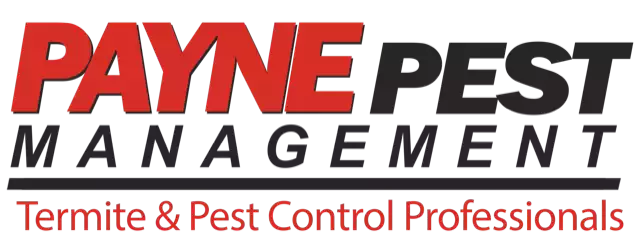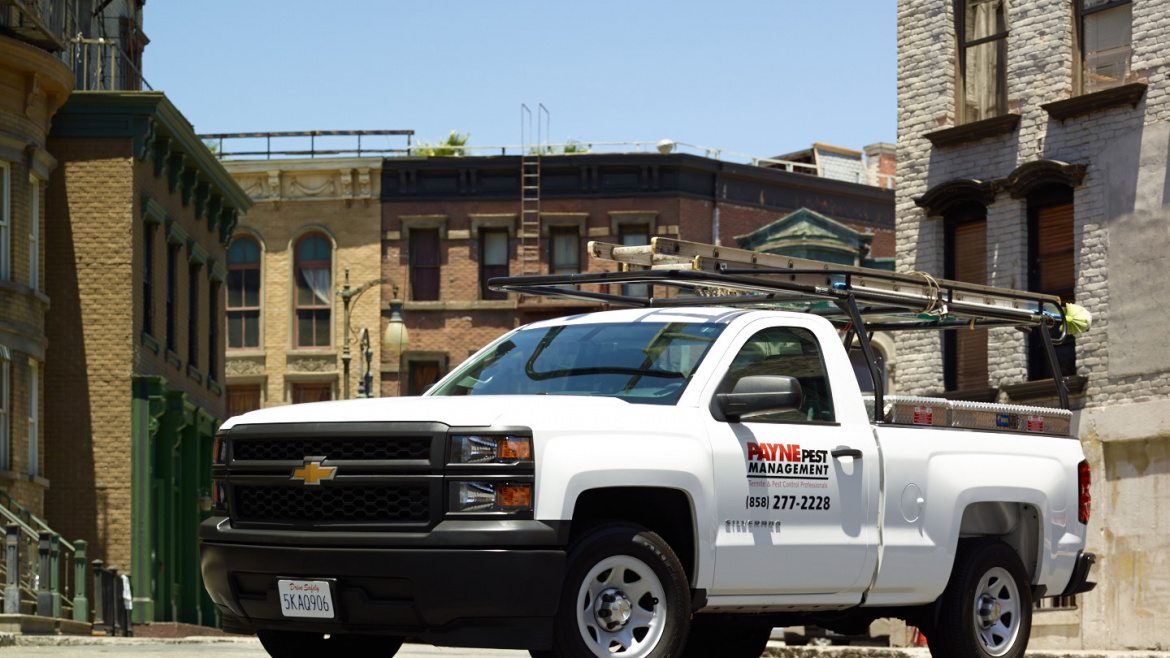Almost all termite colonies have a specialised soldier caste that has evolved to defend the nest. Soldier termites have a number of defensive mechanisms, including mouthparts that are designed to bite and tear apart intruders, and large, plug-like heads that will prevent invading ants from gaining access to the colony.
There are also species in which the soldiers have evolved in unique ways. In a recently discovered subspecies of drywood termites, the soldiers have long, slender snapping mandibles that resemble sticks. These stick-like mouthparts are capable of producing one of the highest acceleration speeds that has ever been measured in a living organism, and they are not used for biting. Instead the soldiers will strike the enemy brutally.
The drywood termite species to which these soldiers belong is known as roisinitermes. Their battle technique involves snapping the mandibles together, creating tremendous pressure against each other, before they snap, tearing any opponent in their path. This adaptation is surprising since it is present in only one species of the drywood family, and this has led scientists to ponder how this particular species evolved into a completely different evolutionary lineage.
For most drywood termites however, the soldiers look and behave in similar manners. Soldiers can be found in many eusocial insect species, but they are particularly essential to termites, because they have to deal with ant invasions all the time, which can be quite destructive, and which often wipe out entire colonies of termites.
Certain species of ants are known to be bigger and stronger than termites, so the soldiers have their work cut out for them. They will use their powerful mandibles in melee combat trying to fend off the invaders, and when that fails, they will use their large heads to create blockages inside the galeries of the colony. These blockages will buy the rest of the colony time to evacuate, relocate, or organize before the ants break through and reach the queen and the brood.
Termite soldiers however are no match for humans. They will very rarely bite a human, and their bite is known to cause slight irritation. They are also incapable of defending the nest against our powerful insecticides. For drywood termites in particular, a pest control pro will either use a spot treatment if the infestation is localized, or a fumigation, if the infestation is widespread throughout the house. If you would like to know more about drywood termite control or to set up an appointment, contact us today.







